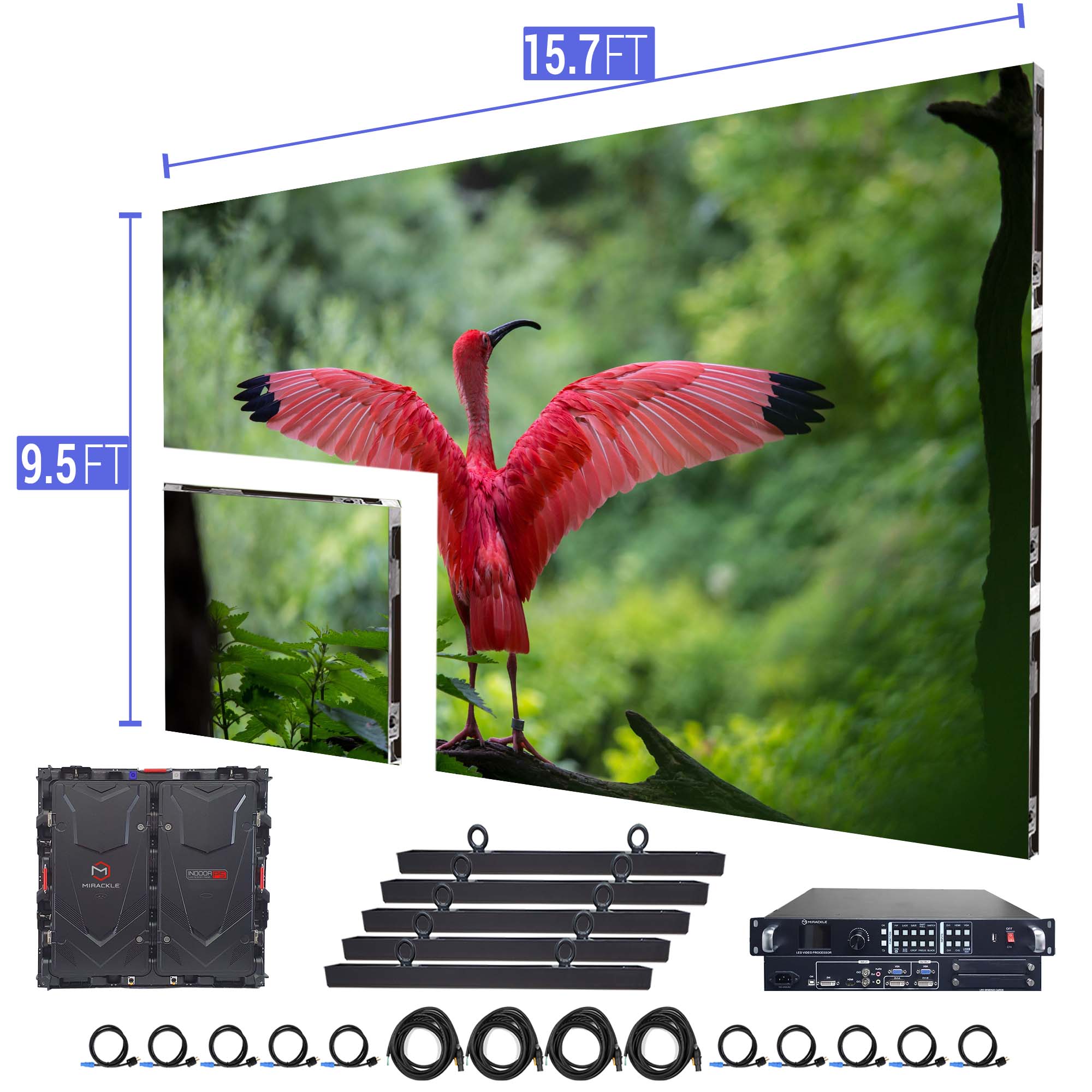Clarifying Light Emitting Diode Display Panel Illumination Measurements to Peak Display Functionality
Clarifying Light Emitting Diode Display Panel Illumination Measurements to Peak Display Functionality
Blog Article
LED wall screens have become increasingly favored across various environments, including residences and commercial spaces and public spaces. Such panels are recognized due to their bright and vibrant visuals, that make these suitable to communicating information, advertisements, as well as engagement. Nevertheless, comprehending the illumination levels of LED wall screens remains crucial for guaranteeing ideal visual efficacy. Illumination is measured using metrics known as candelas, which indicate how much light is emitted from the panel. The higher number of quantity in nits, the brighter brighter the visual is. For, example, a screen boasting one thousand candelas stands considerably brighter compared to one with 500 nits, making this one better equipped for well-lit environments.
As you selecting a LED wall screen, it is important to consider the environment where which the screen will be placed. In brightly lit areas, such as retail environments and open-air locations, a higher brightness rate becomes necessary to guaranteeing clarity. On the other hand, within darker environments, such as cinemas and meeting spaces, lower diminished illumination level might suffice. This is because excessive because excessive brightness in a dark environment can lead in viewer discomfort for the audience, causing them more difficult for concentrate with a display. Therefore, understanding the particular needs for an setup site will aid in selecting a right brightness level for optimal viewing experience.
Another important factor to take into account is contrast contrast ratio of the LED wall panel. The contrast ratio indicates how much disparity exists between the brightest most luminous light versus the darkest dark black that a screen is able to create. A higher contrast ratio means the display can the display is capable of show more detail as well as richness, which improves overall image clarity. For example, one screen boasting an differential proportion of 10,000:1 will display visuals featuring greater brilliant colors and sharper details compared to a featuring a proportion at one thousand to one. Such becomes especially crucial when displaying images or motion graphics which require high clarity as well as fine details, including slideshows or promotional content.
Additionally, the mechanism from this source behind Light Emitting Diode wall panels plays an essential part in their brightness as well as total performance. Different kinds in Light Emitting Diode technologies, such as OLED as well as Liquid Crystal Display, have unique traits that impact the way brightness is perceived. OLED screens often offer better differential and deeper blacks, which can improve a viewing experience in dim settings. On the other see this page hand, standard Light Emitting Diode panels might be more suitable in bright environments because of the capacity for generate greater amounts in illumination. Understanding such technological differences will help users to deciding on informed choices according to their specific requirements.
In conclusion, regular maintenance as well as adjustment for Light Emitting Diode panel panels can assist preserve optimal illumination and efficacy long-term. Dirt as well as particles can accumulate in a screen, affecting its illumination and clarity in a visual. Periodic cleaning as well as expert adjustment can ensure that the screen functions in its best, offering consistent image clarity. Moreover, certain advanced Light Emitting Diode wall panels come built-in built-in features which allow users for adjust brightness levels as well as hue settings based on individual preferences. Through taking these measures, users will ensure that their LED panel panels deliver an best display efficiency, regardless of where setting in that these are used.